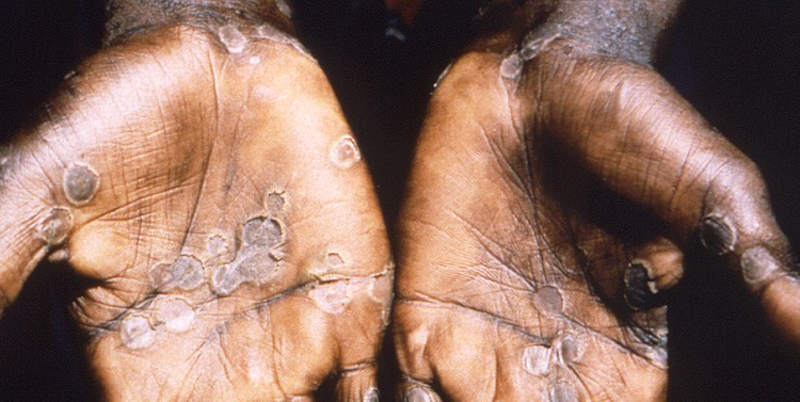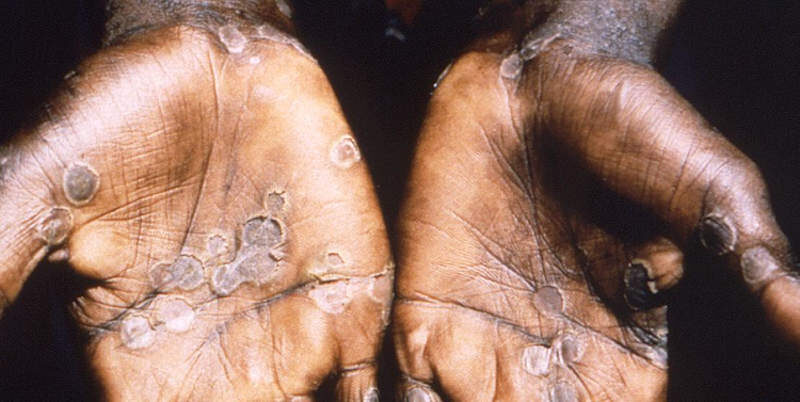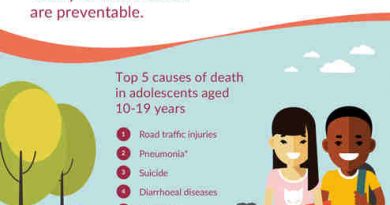Can People Die from Monkeypox Disease?

Monkeypox is not a new disease, and in some African countries it is endemic. However, the international outbreak which began in May 2022, has prompted the World Health Organization (WHO) to declare a global health emergency. Here are some of the important aspects to know about Monkeypox.
According to WHO, Monkeypox got its name in 1958, when it was detected in several laboratory apes. It is a zoonotic viral disease, which means it can be transmitted from animals to humans. It can also pass from human to human.
Human Monkeypox was first identified in 1970 in the Democratic Republic of the Congo (DRC) in a 9-month-old boy, in a region where smallpox (a close relative) had been eliminated in 1968.
Symptoms are similar to those seen, in the past, in smallpox patients, but it is clinically less severe (smallpox was eradicated worldwide in 1980). In 2003, the first Monkeypox outbreak outside Africa was reported in the United States and was linked to contact with infected pet prairie dogs.
Despite the name, most of the animals susceptible to contracting the disease, and then infecting people, are rodents, such as Gambian giant rats, dormice, or tree squirrels.
Symptoms usually include fever, severe headache, muscle aches, back pain, low energy, swollen lymph nodes, and skin rashes or lesions.
The rash usually begins on the first or third day of the onset of fever. The lesions may be flat or slightly raised, filled with clear or yellowish fluid, then crust over, dry up, and fall off.
The number of lesions varies, from a few to several thousand. The rash tends to appear on the face, the palms of the hands, and the soles of the feet. They can also be found in the mouth, genitals, and eyes.
In most cases, the symptoms of Monkeypox go away on their own within a few weeks but, in between three and six per cent of cases reported in countries where it is endemic, it can lead to medical complications and even death. New-born babies, children, and people with immune system deficiencies may be at risk of more severe symptoms and death from the disease.
In severe cases, symptoms include skin infections, pneumonia, confusion, and eye infections that can lead to vision loss.
Many of the fatal cases are children or people who may have other health conditions.
Courtesy: UN News





